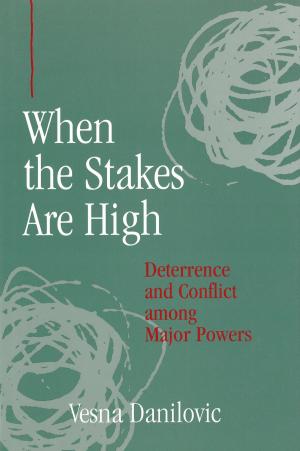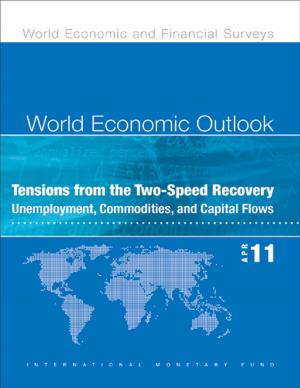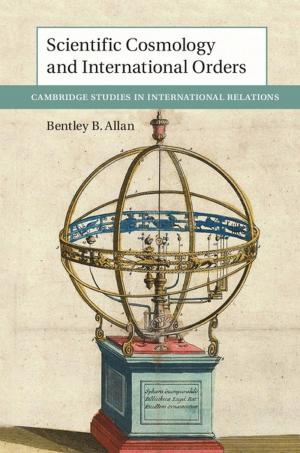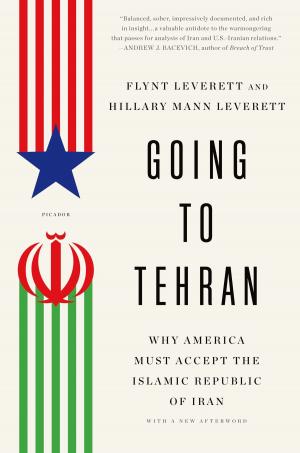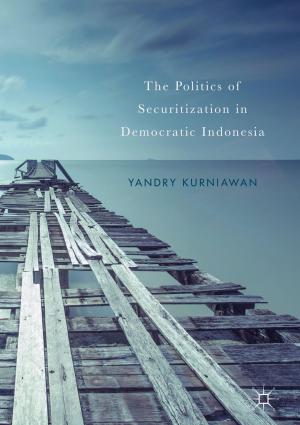The Tragedy of the Middle East
Nonfiction, Social & Cultural Studies, Political Science, International| Author: | Barry Rubin | ISBN: | 9781301635436 |
| Publisher: | Barry Rubin | Publication: | February 13, 2013 |
| Imprint: | Smashwords Edition | Language: | English |
| Author: | Barry Rubin |
| ISBN: | 9781301635436 |
| Publisher: | Barry Rubin |
| Publication: | February 13, 2013 |
| Imprint: | Smashwords Edition |
| Language: | English |
I’ll confess that in some ways, The ‘Tragedy of the Middle East is my favorite of everything I’ve written. The title was chosen in great sincerity because the theme here is to explain how the region’s modern history really is a tragedy.’ Terrible mistakes were made; the wrong roads were chosen. Bloodthirsty ideology took hold; pragmatism was thrown out the window. And yet alongside all of these disasters was a certainty of correctness and a violent rejection of even considering what had gone wrong.
My approach, as always, is to ignore the Western scholarly literature and to examine the facts on the ground. So this book reviews the region’s modern history and considers the alternatives; the reasons for key decisions; and the architecture of war, terrorism, and extremism. At the same time, I think the book provides a useful introduction to the Middle East and perhaps might be the best starting point for looking at the region and also getting into my work.
It was published by Cambridge University Press in 2002 and made into a paperback by them in 2004. There is also a Korean edition, by Hanul Publishing, issued in 2005.
I’ll confess that in some ways, The ‘Tragedy of the Middle East is my favorite of everything I’ve written. The title was chosen in great sincerity because the theme here is to explain how the region’s modern history really is a tragedy.’ Terrible mistakes were made; the wrong roads were chosen. Bloodthirsty ideology took hold; pragmatism was thrown out the window. And yet alongside all of these disasters was a certainty of correctness and a violent rejection of even considering what had gone wrong.
My approach, as always, is to ignore the Western scholarly literature and to examine the facts on the ground. So this book reviews the region’s modern history and considers the alternatives; the reasons for key decisions; and the architecture of war, terrorism, and extremism. At the same time, I think the book provides a useful introduction to the Middle East and perhaps might be the best starting point for looking at the region and also getting into my work.
It was published by Cambridge University Press in 2002 and made into a paperback by them in 2004. There is also a Korean edition, by Hanul Publishing, issued in 2005.


